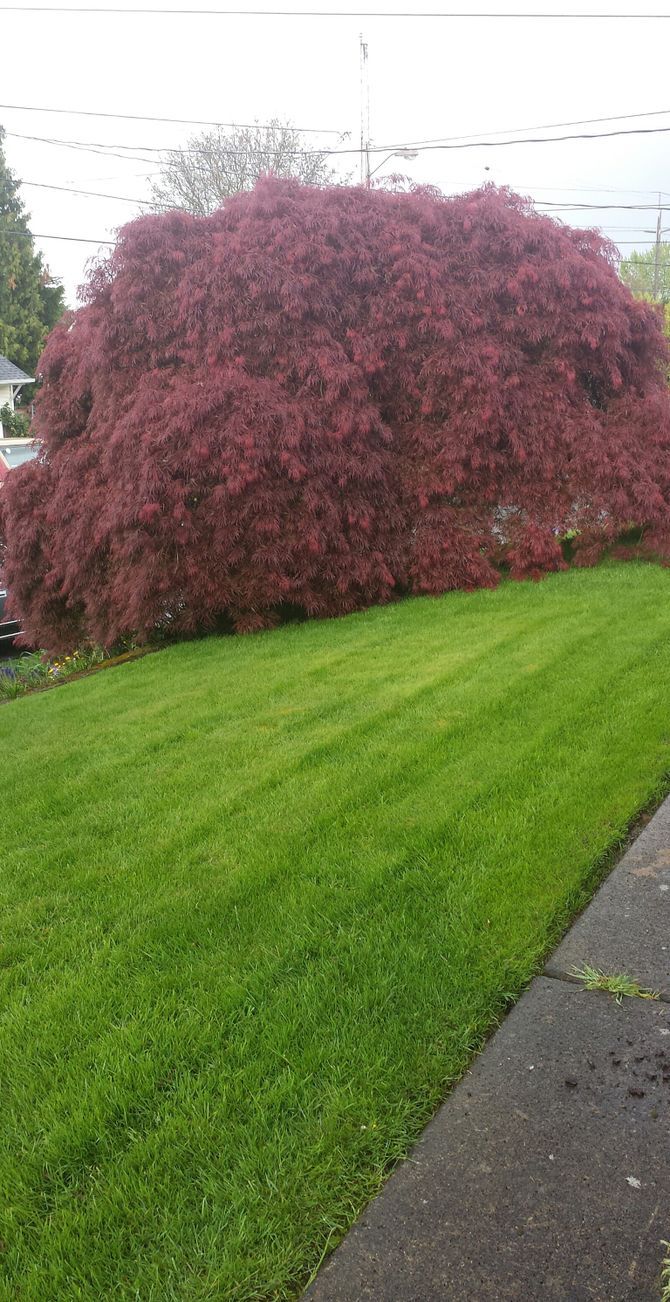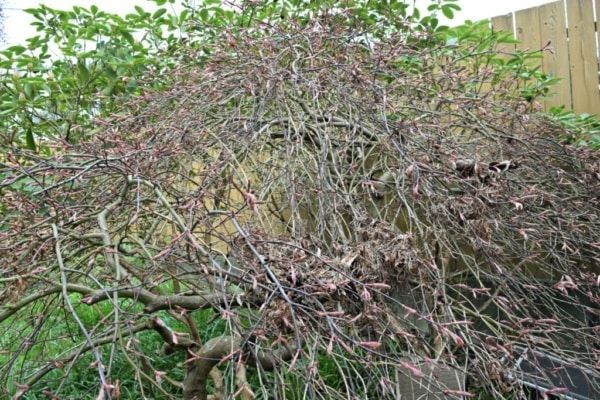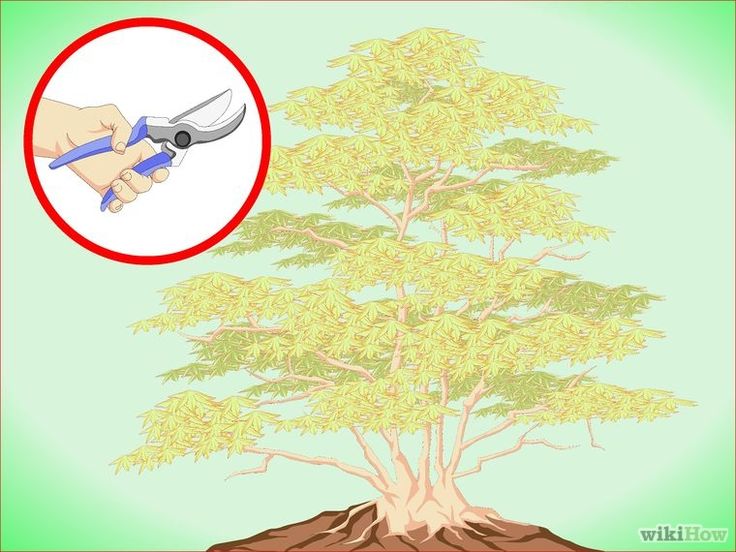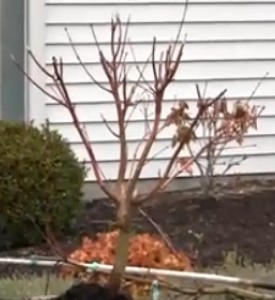When to Prune Japanese Maple Trees and How to Do It Right
Pruning Japanese maple trees is an essential aspect of maintaining their health and aesthetic appeal. When done correctly, it can enhance their beauty and longevity. In this comprehensive guide, we’ll walk you through the best times to prune your Japanese maple trees and the proper techniques to ensure they thrive.
Why Prune Japanese Maple Trees?

Pruning Japanese maple trees serves several purposes. Firstly, it helps maintain the tree’s shape and size, allowing it to fit perfectly within your landscape. Secondly, it can stimulate new growth, which is especially beneficial if your tree has suffered damage or is showing signs of decline. Additionally, pruning helps improve air circulation and sunlight penetration, preventing disease and promoting overall tree health.
When to Prune Your Japanese Maple Trees

Timing is crucial when it comes to pruning Japanese maple trees. To ensure the best results, follow these guidelines:
1. Winter Pruning (Late November to Early February)
Winter is an ideal time to prune Japanese maple trees, especially if your goal is to shape or reduce the size of the tree. During the dormant season, the tree’s sap flow is minimal, reducing the risk of excessive bleeding or stress to the tree. This makes it the best time to perform more extensive pruning without harming the tree. However, avoid pruning during extreme cold or frosty conditions.
2. Summer Pruning (Late June to Early August)
Summer pruning is suitable for light maintenance and fine-tuning of your Japanese maple tree’s appearance. It allows you to remove any unwanted growth or dead branches. However, avoid heavy pruning during this season, as it may stress the tree due to the increased sap flow.
3. Early Spring (Before Buds Break)
In early spring, just before the buds break, you can perform minimal pruning to remove any dead, damaged, or diseased branches. This is a precautionary measure to keep your tree healthy and free from potential issues.
4. Avoid Late Spring and Early Fall Pruning
It’s best to avoid pruning in late spring or early fall. During these periods, the tree is actively growing, and pruning can trigger excessive sap bleeding and stress. It’s crucial to protect your Japanese maple tree during these vulnerable phases.
How to Prune Your Japanese Maple Trees Properly

Pruning your Japanese maple tree correctly is essential to ensure its health and longevity. Follow these steps to do it right:
1. Gather the Right Tools
Before you begin, ensure you have the right tools for the job. You’ll need sharp pruning shears, hand pruners, and loppers for larger branches. Keeping your tools well-maintained is crucial for clean and precise cuts.
2. Start with Dead or Diseased Branches
Begin by identifying and removing any dead, diseased, or damaged branches. These are a priority, as they can harbor pests and diseases that may harm the tree.
3. Shape and Size Pruning
If you’re looking to shape or reduce the size of your Japanese maple tree, focus on thinning out crowded areas. This helps improve air circulation and sunlight penetration, which is essential for overall tree health.
4. Make Clean Cuts
When making cuts, ensure they are clean and sharp. Avoid tearing or splintering the bark, as this can leave the tree vulnerable to disease and pests. Make your cuts just outside the branch collar, the swollen area where the branch meets the trunk.
5. Step Back and Assess
Periodically step back and assess your progress to ensure you’re achieving the desired shape and size. Don’t rush the process, and remember that less is often more when it comes to pruning Japanese maple trees.
FAQ – Pruning Japanese Maple Trees

Q1: Can I prune my Japanese maple tree in the fall?
A1: It’s best to avoid pruning in the fall, as the tree is actively growing during this period. Pruning can lead to excessive sap bleeding and stress, potentially harming the tree.
Q2: Is it okay to prune my Japanese maple tree during extreme cold in the winter?
A2: Pruning during extremely cold or frosty conditions in the winter is not advisable. It’s best to wait for milder winter days to minimize stress on the tree.
Q3: Can I use regular household scissors for pruning my Japanese maple tree?
A3: Regular household scissors are not suitable for pruning Japanese maple trees. It’s essential to use sharp pruning shears, hand pruners, and loppers for larger branches to make clean and precise cuts.
Q4: How often should I prune my Japanese maple tree?
A4: Japanese maple trees typically benefit from pruning once a year during the appropriate season. However, the frequency may vary based on your specific tree’s needs and your aesthetic preferences.
In conclusion, knowing when and how to prune your Japanese maple trees is vital for their well-being and visual appeal. By following the guidelines provided in this comprehensive guide, you can ensure your trees thrive and continue to be a stunning addition to your landscape.
tag
- chicken feed
- how to Keep Chickens Off Your Porch
- How to grow oyster mushrooms at home
- Growing Kale in Pots

No Responses